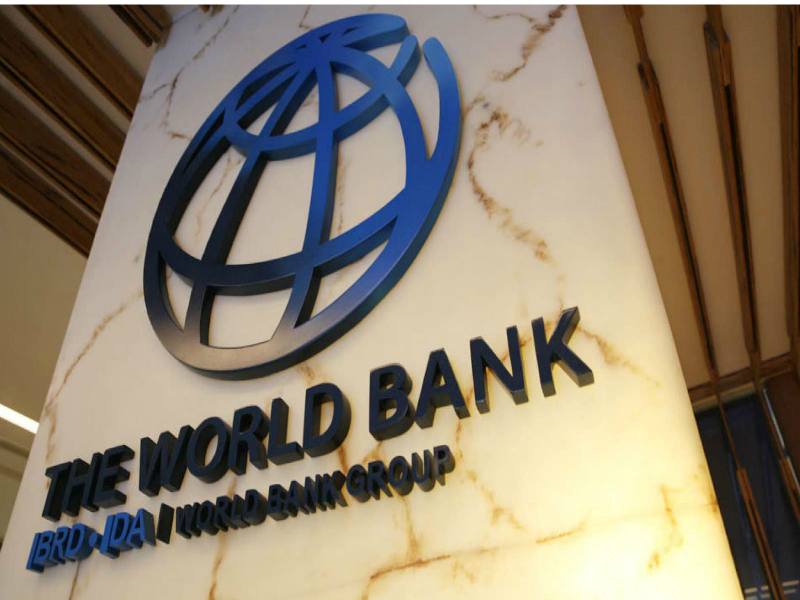Malé, Maldives – In the most recent “Global Economic Prospects” published by World Bank, Maldives’ GDP growth forecast for the year 2022 has been decreased.
As per table 2.5.2 of the report labelled “South Asia country forecasts”, the real GDP growth at market prices forecasted for the year now stands at 7.6 percent, a 3.4 percent drop from the projections previously made in January 2022.
Forecasts for 2023 for Maldives stands at 10.2 percent, which is still a drop of 1.8 percent points than previously projected in January of 2022.
The figures are a reflection of the expected effects of the war in Ukraine on tourist inflows in a stagnating investment environment, reads the report.
“Generally, growth in South Asia is projected to moderate to 6.8 and 5.8 percent in 2022 and 2023, respectively, as the momentum of the recovery wanes, and the war in Ukraine undermines external demand and erodes real incomes through higher food and energy prices. Weakening net exports and eroded consumer demand amid higher prices are expected to remain a significant drag on activity, the former reducing growth in 2022 by 2 percentage points. As the recovery from the pandemic recession matures, growth will be supported by private consumption, which is projected to contribute about 4 percentage points a year to GDP growth over 2022-24. The contribution to growth from government consumption will peak in 2022 and wane thereafter as fiscal support is withdrawn”, states the report.
Further, it states that, “Risks of financial stress have been exacerbated by tightening financing conditions in an environment of high debt, the possibility of hidden public debt, and increased exposure of commercial banks to sovereign debt. Agricultural commodity prices have risen on account of geopolitical tensions, with producer and wholesale prices showing double-digit annual increases for almost a year. Further increases in energy prices could undermine income growth and widen fiscal deficits through rising energy subsidies. School closures in South Asia owing to the pandemic were significantly higher than in other regions and could undermine future growth prospects.”





